All Hail Mimas: Our ‘Death Star’ Moon
MessageToEagle.com – It’s not in a galaxy far, far away or even another star system — this alien world is right in our planetary backyard, a mere 900 million miles away in orbit around Saturn.
It’s called Mimas, and although it undeniably is a moon it does bear an uncanny resemblance to a certain well-known sci-fi space station.
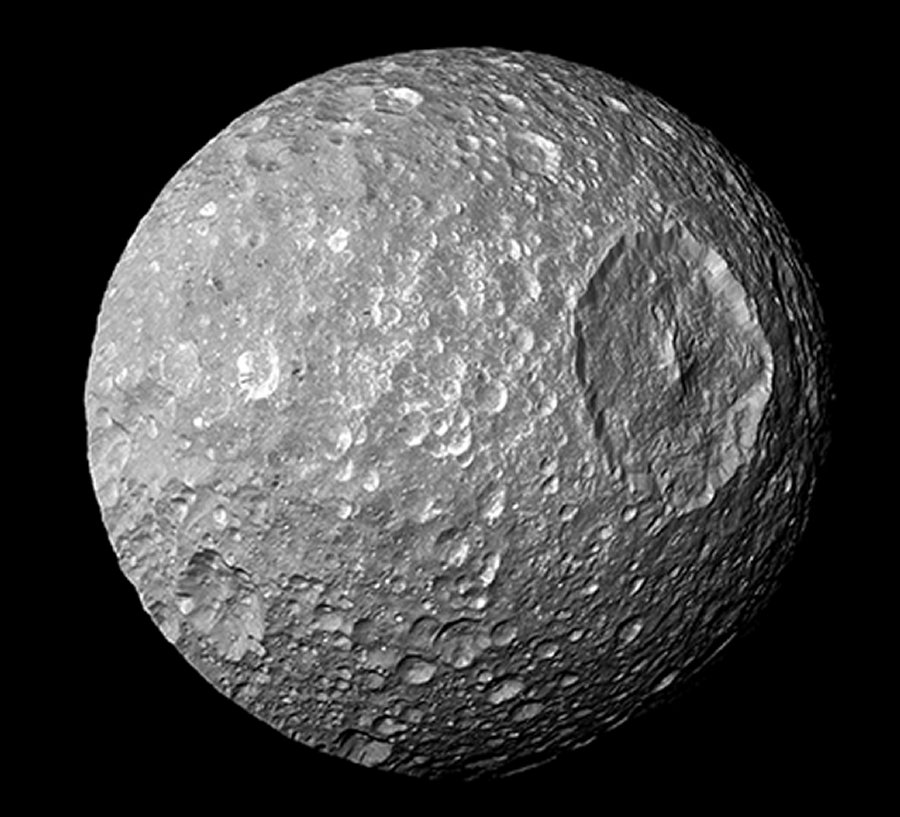
Credit: NASA/JPL/SSI
The image above was captured by NASA’s Cassini spacecraft on Feb. 13, 2010, and shows the hallmark of Mimas’ expert Star Wars cosplay: the (relatively) enormous Herschel crater on its northern hemisphere. Spanning 88 miles (140 km), Herschel is a full one-third the diameter of the 246-mile (396-km) wide moon, and with a prominent central peak it’s nearly a spot-on match for the Death Star’s infamous planet-killing superlaser cannon.
(Unlike the aforementioned, no Bothans were harmed in the obtaining of this data.)
In comparison if Earth were to have a crater of a relative size to Mimas’ monster Herschel, it would be 2,500 miles across — about the distance from New York City to Los Angeles!
Mimas is composed mostly of water ice and a small bit of rock. At its low surface temperature of -350 degrees Fahrenheit (-208 degrees Celsius) water is as hard as rock is here on Earth. Like its bigger sister moons Rhea and Dione, Mimas is covered with impact scars — it is literally one of the most heavily-cratered worlds in the solar system.
Unlike the similarly-sized Enceladus, though, Mimas lacks any current evidence of a subsurface ocean. Somehow its water has remained solidly frozen for a very long time despite being closer to to Saturn and having an even more eccentric orbit than Enceladus.
Scientists are still trying to determine why this is the case.
Discovered in 1789 by German astronomer William Herschel, Mimas orbits Saturn at an average distance of 115,277 miles (185,520 km) — about half the distance that our moon is from us.
And if you simply must have the comparison, the very real Mimas is — according to the resource site Wookieepedia — about 100 miles (160 km) wider than the fictional Death Star(s) of the Star Wars universe.
It may lack laser turrets or a planet-destroying cannon but it’s also well without any poorly-placed thermal exhaust shafts and, long after the destruction of the Galactic Empire, Mimas is still around.
Source: NASA/JPL
MessageToEagle.com via Discovery News
This article was originally published on Discovery News – a site dedicated to satisfying your curiosity and to bringing you mind-bending stories and perspectives you won’t find anywhere else.
Related Posts
-
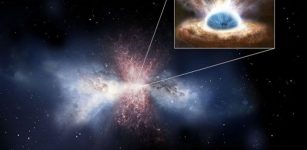 Obscured Quasar J1509+0434 And Strong Winds Studied With EMIR Infrared Spectrograph
No Comments | Jun 9, 2019
Obscured Quasar J1509+0434 And Strong Winds Studied With EMIR Infrared Spectrograph
No Comments | Jun 9, 2019 -
 Dark Matter Theory In Galaxy Formation – Questioned
No Comments | Nov 12, 2024
Dark Matter Theory In Galaxy Formation – Questioned
No Comments | Nov 12, 2024 -
 Giant Collision In The Planetary System Kepler 107
No Comments | Feb 8, 2019
Giant Collision In The Planetary System Kepler 107
No Comments | Feb 8, 2019 -
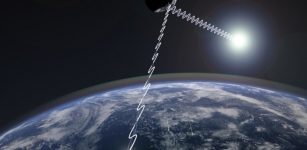 New Mystery Discovered Regarding Active Near-Earth Asteroid Phaethon
No Comments | Jul 1, 2018
New Mystery Discovered Regarding Active Near-Earth Asteroid Phaethon
No Comments | Jul 1, 2018 -
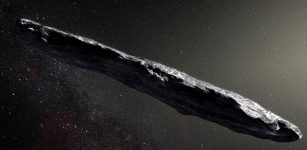 New Results Indicate Interstellar Object `Oumuamua Is A Comet And Not Asteroid
No Comments | Jun 28, 2018
New Results Indicate Interstellar Object `Oumuamua Is A Comet And Not Asteroid
No Comments | Jun 28, 2018 -
 Simple And Elegant Method To Measure Distance To ‘Planetary Nebulae’ – Ghostly Objects Spread Across Our Galaxy
No Comments | Nov 21, 2015
Simple And Elegant Method To Measure Distance To ‘Planetary Nebulae’ – Ghostly Objects Spread Across Our Galaxy
No Comments | Nov 21, 2015 -
 Dark Matter May Have Helped Form Early Supermassive Black Holes
No Comments | Aug 28, 2024
Dark Matter May Have Helped Form Early Supermassive Black Holes
No Comments | Aug 28, 2024 -
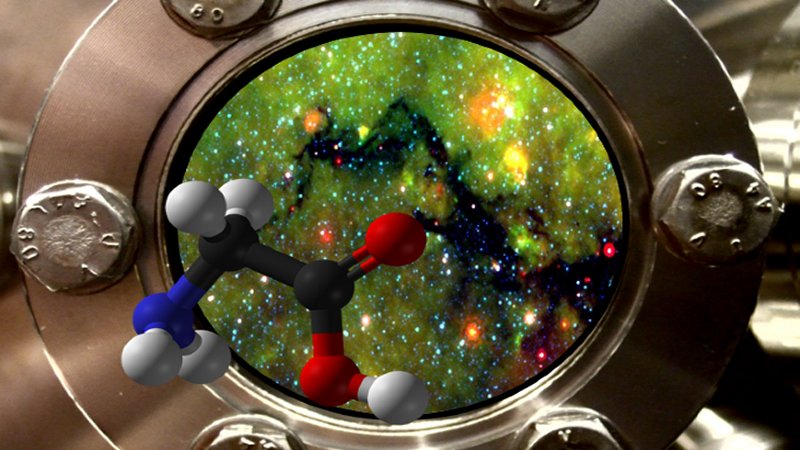 Building Blocks Of Life Can Form Long Before Stars
No Comments | Nov 19, 2020
Building Blocks Of Life Can Form Long Before Stars
No Comments | Nov 19, 2020 -
 Water And Its Secrets: Water Has A Memory Far Longer Than Our Transient Lifetimes
No Comments | Jul 13, 2015
Water And Its Secrets: Water Has A Memory Far Longer Than Our Transient Lifetimes
No Comments | Jul 13, 2015 -
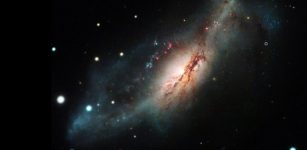 A New Type Of Supernova Illuminates A Medieval Mystery
No Comments | Jul 5, 2021
A New Type Of Supernova Illuminates A Medieval Mystery
No Comments | Jul 5, 2021
